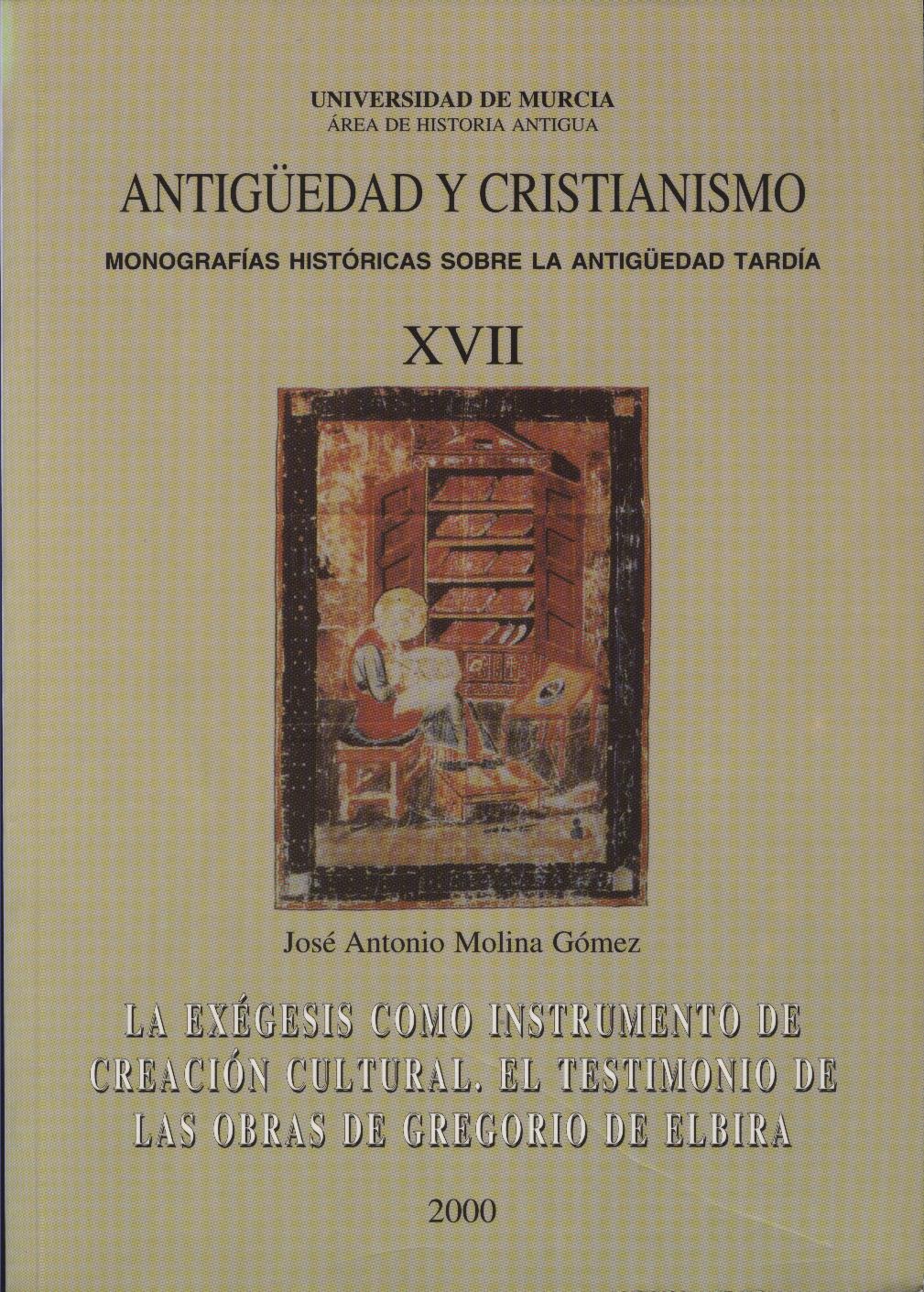San Cristóbal: iconological and iconographic meaning
Supporting Agencies
- Sain Cristobal
- Iconography
Abstract
The iconographic and iconological significance of the figure of Saint Christopher has its origin in the pagan traditions connecting him with deities and heroes from Aeneas or Hercules to Annubis as a soul bearer in its role as a psycopomp. Its depiction has its roots in the Golden Legend in the 13th century. The cult was widespread during the Middle Ages both in Western and Eastern, albeit with different iconographies. Although the worship of this saint went into decline after the Counter-reformation nowadays he has benefit of the popular veneration as the patron saint of the travellers. His iconography has remained essentially the same over the centuries although its artistic representations have undergone changes according to the aesthetic values of each period.
Downloads
-
Abstract3957
-
PDF (Español (España))4442
References
CABALLERO CARRILLO, Mª R., La Pintura Barroca Murciana, Murcia, Academia Alfonso X EL Sabio,1985.
CAMÓN AZNAR, J., Alonso Berruguete, Madrid, Espasa Calpe, 1980.
CERTI, N., Mitología. Murcia, Universidad de Murcia, 1988.
CHATELET, A., Les Primitifs Hollandais, Suiza, Office du Livre, 1980.
DE LA VORAGINE, J., La Leyenda Dorada. Tomo 1, Madrid, 1995.
DI BERANDINO, A., Diccionario Patrístico de la Antigüedad cristiana. España, Sígueme, 1991.
DÍAZ CASSOU, P., «El San Cristóbal de la Catedral», Diario de Murcia, 31 de agosto de 1897.
GABAR, A., Las vías de la creación en la iconografía cristiana, Madrid, Alianza Forma, 1993.
GEBHARDT, V., Dioses de Grecia y Roma. Tomo II, Espasa Domenech, Barcelona, 1881.
GUADIOL, J., La Pintura Gótica Catalana, Barcelona, Poligraf, 1980
MH, J., Dioses y héroes de la mitología clásica, Barcelona, Edicomunicación, 1996.
PANOFSKY, E., Estudios sobre Iconología, Madrid, Alianza, 1992.
QUARRE, P., La Sculture en Bourgogne à la fin du moyen age, Suiza, Office du Livre, 1978
RÈAU, L., Iconografhie d’Art Christien, París, Presses Universitaires, 1958.
1. The authors non-exclusively assign the exploitation rights (reproduction, distribution, communication and transformation) to the magazine.
2. The works published in this magazine are subject to the Attribution-ShareAlike 4.0 International license (CC By SA 4.0). Therefore, they can be copied, used, disseminated, transmitted and publicly displayed, provided that:
i) the authorship and the original source of its publication (journal, editorial and URL of the work) are cited, thus allowing its recognition.
ii) it is allowed to remix, transform or create from the material while maintaining the same license as the original.
Note: Articles prior to 2022 incorrectly display the CC by SA license in the abstract page. They are under a CC by NC ND license as embedded in the article pdfs. Articles published in 2022 and after are under the CC by SA license.

3. Self-archiving conditions. Authors are allowed and encouraged to electronically disseminate the pre-print (version before being evaluated) and/or post-print (version evaluated and accepted for publication) versions of their works before publication, as it favors their publication. Earlier circulation and diffusion and with it a possible increase in its citation and reach among the academic community. Color RoMEO: verde.
























